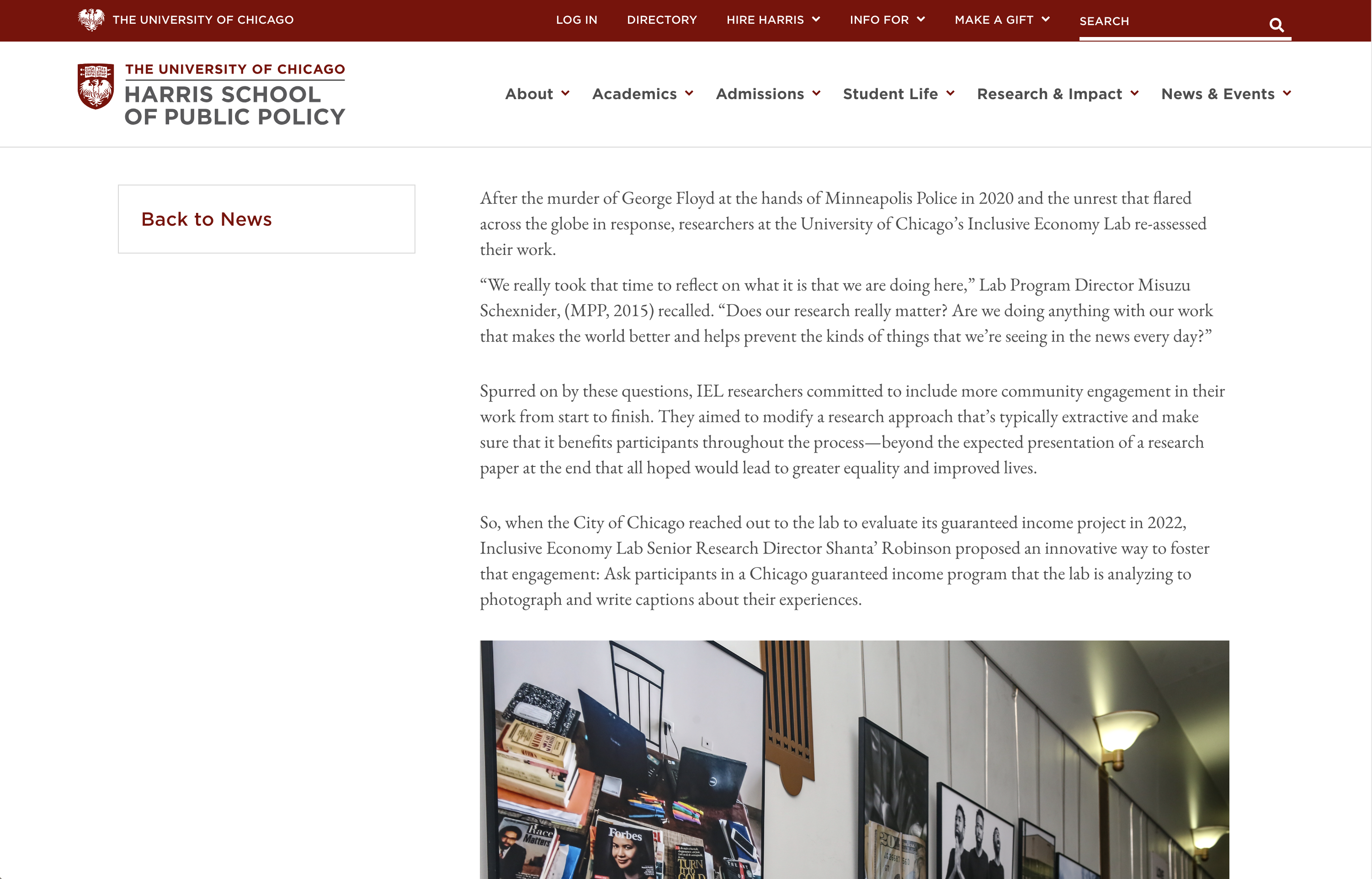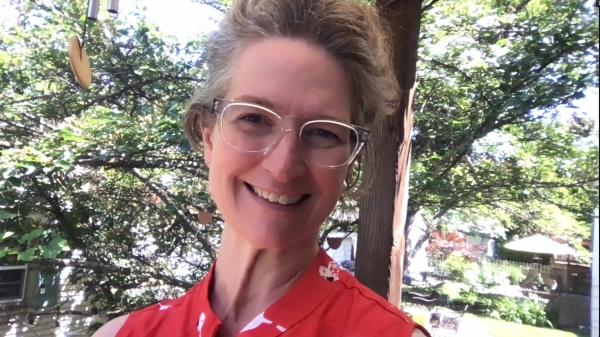
Our Controversial Take on These 3 Common Feature Requests

SUMMARY
Discover three UX best practices that catch clients off guard but are firmly rooted in research and data.
- Skip Rotating Carousels: They’re often ignored or missed by users.
- Limit Text Width: Keep text columns to 800 pixels for better readability.
- Avoid New Tabs for Links: Opening links in new tabs can confuse users.
UX Best Practices Often Advise Against These Frequently Requested Enhancements
While we always look for ways to create joy and make our clients happy, we’re fierce advocates for their users. You can count on us to bring research-backed recommendations that will create usable, accessible experiences. Here are three UX best practices that surprise folks—and frequently meet a little resistance.
1. A Rotator for Your Hero Is Not the Best Way to Go
Probably because of how ubiquitous they are (or were), many clients ask for a rotating hero on their homepage.
They are 100% the best way to settle internal disputes about whose content should appear at the top of the page. They are not the best way to ensure high visibility for content and engagement with visitors.
Why are they ineffective?
- Ad blindness: People often skip content in a rotator completely, perceiving it as an ad. It’s like me during the Super Bowl trying to pay attention to the commercials but being so trained to ignore them that I end up missing them anyway.
- Invisibility: If not ignored completely, only the first slide gets seen. Users rarely bother to interact to see additional slides or wait for it to auto-rotate. You are therefore likely completely hiding these items that your internal stakeholders are telling you are the most important things on the page and deserving of the prime top-of-the-page real estate.
- Usability: We do a lot of usability testing and the only thing that angers testers more than an uninvited pop-up is an auto-rotating carousel. When a user is actually trying to read the content and it then advances to the next slide, they get outright offended.
What should we do instead?
- Let user needs drive the hierarchy: The only way to meet a business need on your site is by addressing a user need. Let their needs rather than internal politics drive what gets prime real estate and know that the next slots in a vertical scroll are likely to get more eyeballs than slides 2-5 in that rotator.
- Test: What better way to settle a dispute than by setting up a head-to-head competition? Test each piece of content clamoring for that spot and see which gets the most time, the most clicks, and the most engagement with the rest of the page. Use a heatmap via Microsoft Clarity or Hotjar to measure.
- Personalize: Where possible, let the information you know about the visitor (e.g. user profile data, actions they’ve taken on the site, the channel or campaign that got them there) guide what you are showing them in your most prime real estate. This is a win for the visitor as it’s likely to be more relevant and a win for you and your competing stakeholders as it’s more likely to earn engagement.
2. Text Should Not Go the Full Width of the Page
This topic does not inspire the same passionate pushback as the other two, but boy does negative space make some people uncomfortable.
In our ever-evolving world of screen sizes and layout flexibility, we sometimes find ourselves with an area of a page with a single column of text. We often get a request to stretch that text across the whole page width. We advise against this because UX best practices dictate that it hinders readability.
Ideally, a text area is no more than ~800 pixels or 80 characters wide. When it goes much beyond that, it’s harder for our eyes to keep their place as they track to the next line.

3. That Link Should Not Open in a New Tab
This is, perhaps, our most controversial stance. Clients inevitably ask for links, particularly external links, to open in new tabs.
The rationale many clients offer is their own preference for opening items in new tabs and that they want to “keep users on their site.”
This is a great example of a time when we can’t equate our preferences with those of our target audiences or website users in general. I myself love to open a new tab. I have at least twenty open right now.
The usability research, UX best practices, and accessibility guidelines on this, however, are clear. WCAG G200 advises against opening links in new tabs except for two rare situations:
- A user needs to view the initial page at the same time as the new page in order to complete a task
- Accessing a link would log a user out
Opening a link in a new tab can be disorienting for many users. By opening it in the same window, you keep the most popular button on the Internet alive (the back button). This is particularly important on a mobile device where accessing other tabs is less intuitive.
And opening external sites in new tabs does not “keep users on the site.” By the time you’ve opened a link, you are viewing something else. We’re after real engagement, not a false “time on page” metric. And keeping the back button alive is the best way to ensure an easy path back to your content.
Users who want to open content in a new tab can and will often right-click (or similarly) to force this behavior.
Never Too Late to Change Our Minds About UX Best Practices
You may have found yourself on the other side of one of these controversial takes. It’s okay. That’s how they made it into this post! We pride ourselves on having no ego and being open to the best idea in the room, even if it’s not our own.
If the research results change (and sometimes they do), we’ll even change our own recommendations. Until they do on these three points, we’ll keep nudging our clients to follow the data on UX best practices however unpopular that might make us in the moment.




